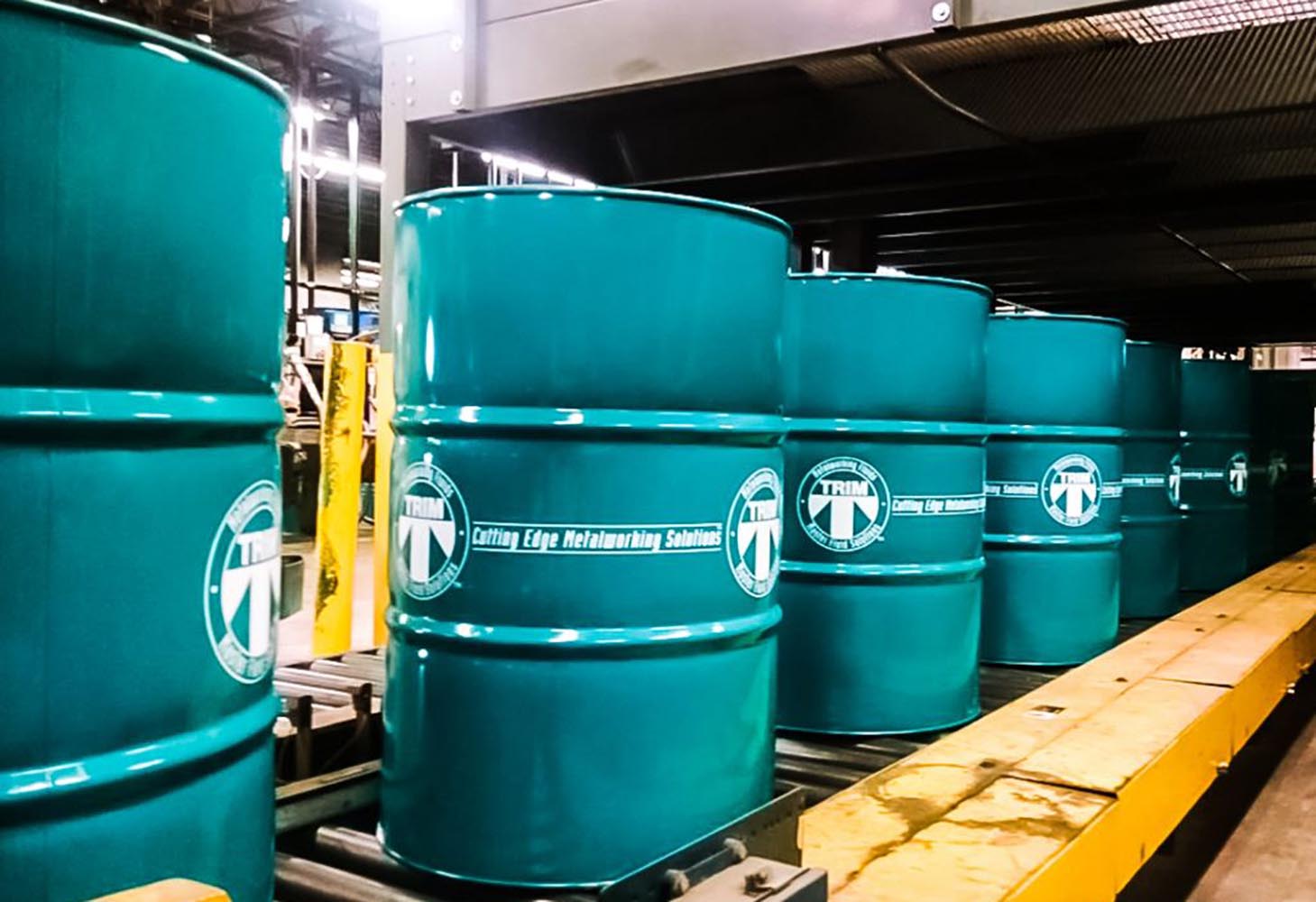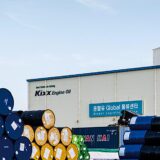
Master Fluid unveils TRIM C290 for advanced metalworking
Master Fluid Solutions has unveiled TRIM C290, a state-of-the-art synthetic metalworking fluid tailored for aluminum parts. The new synthetic fluid is now available for purchase across North America.
The new fluid offers excellent corrosion prevention for most aluminum alloys, ensuring optimal results across various operations. Its low carryoff and extended sump life contribute to cost-effective operations. TRIM C290’s easy removal from parts simplifies pre-assembly, painting, or plating processes.
According to Master Fluid Solutions, TRIM C290 stands out for its high performance and user-friendly nature. It delivers unmatched lubricity during metal removal. Justin Geach, global director of marketing, highlighted the fluid’s versatility. “C290 is designed for both ferrous and nonferrous materials, including aluminum. Its unique low pH formula ensures a broad application spectrum, from grinding to machining. Users can expect the advantages of a full synthetic fluid, but with superior compatibility compared to conventional synthetics.”
The fluid boasts a clear appearance and minimal foaming and misting. It’s free from chlorine, phenol, nitrites, copper, triazine, and silicone. Moreover, it complies with PRTR standards and doesn’t contain any SARA 313 reportable compounds. PRTR stands for “Pollutant Release and Transfer Register.” It is a system or database that collects and disseminates information about the release and transfer of specific pollutants from industrial and other sources.
SARA 313 refers to Section 313 of the Emergency Planning and Community Right-to-Know Act (EPCRA), which is also known as the Superfund Amendments and Reauthorization Act (SARA) Title III. SARA 313 reportable compounds, often referred to as “Toxic Release Inventory (TRI) chemicals,” are a list of specific chemicals identified by the U.S. Environmental Protection Agency (EPA) as posing potential threats to human health and the environment. The list of SARA 313 reportable compounds includes a wide range of chemicals, from heavy metals like lead and mercury to various organic compounds. The list is periodically reviewed and can be updated based on new scientific data or changes in regulatory priorities.














